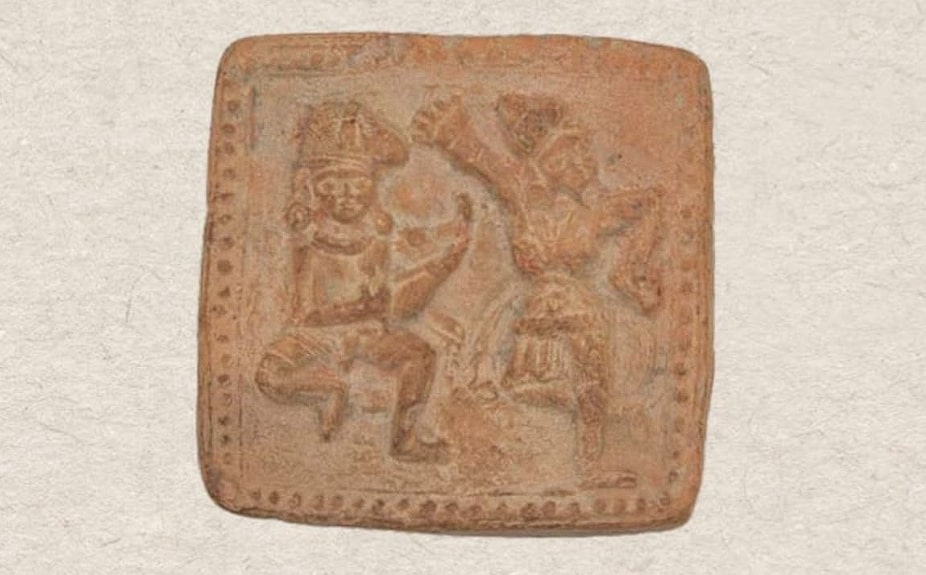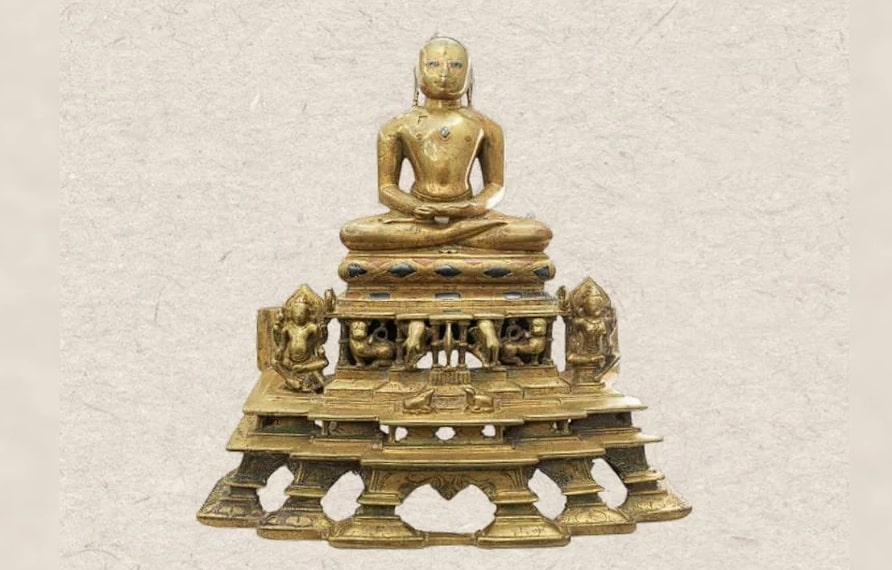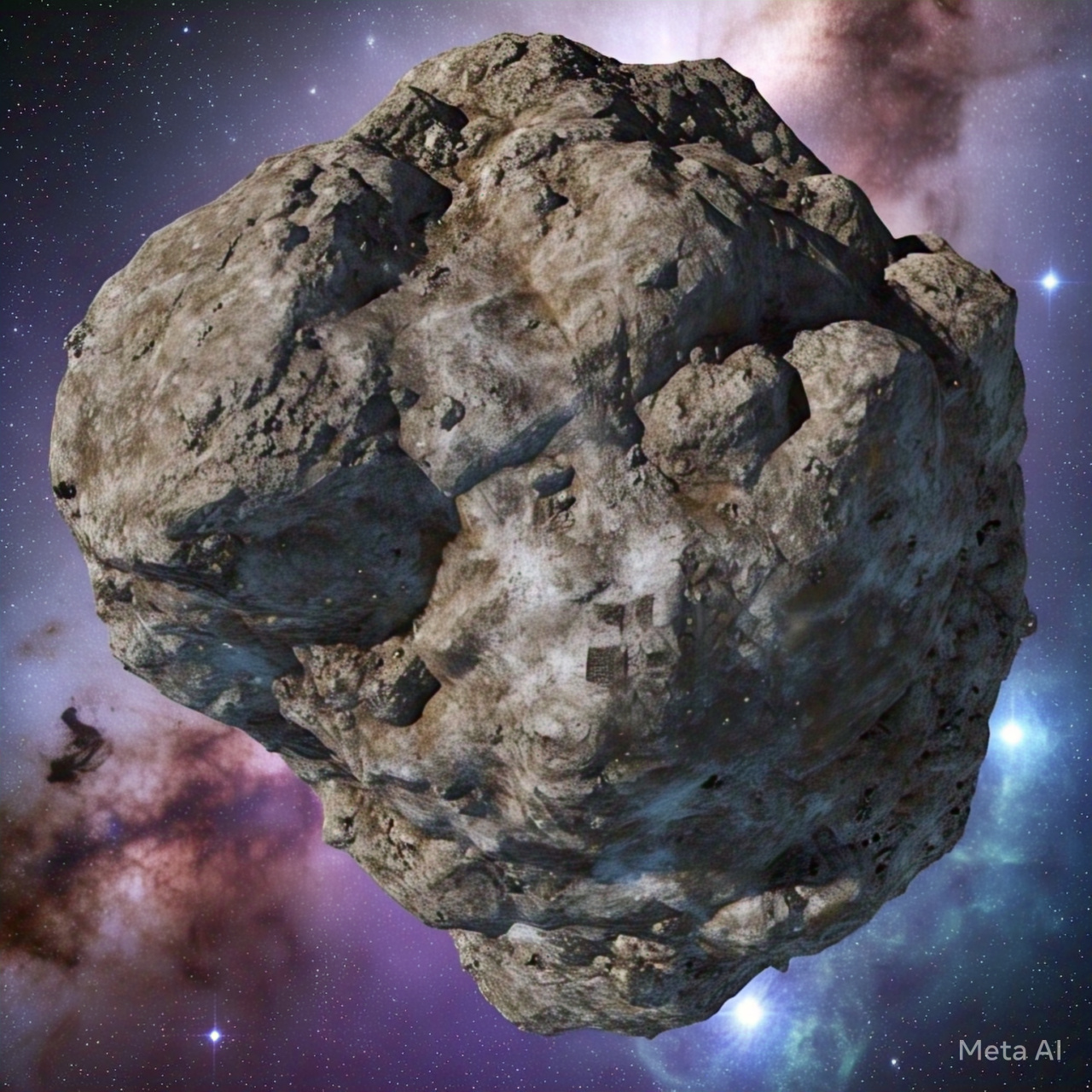Table of Contents
Introduction
In a historic move, the United States handed over 297 ancient Indian antiquities to India during Prime Minister Narendra Modi’s recent visit to the country. This significant event not only highlighted the deepening cultural ties between the two nations but also marked another important step in India’s ongoing efforts to recover smuggled cultural heritage items. These artefacts, which were illegally trafficked out of India, have now found their way back home, adding to the growing list of recovered treasures since 2014.
Historical Context
Trafficking of cultural property is not a new issue. Across the world, countries have struggled to prevent the illegal trade of invaluable heritage items, often losing priceless pieces of their history to international black markets. India, with its rich and ancient cultural heritage, has been particularly vulnerable to this phenomenon. Over centuries, countless artefacts were stolen and smuggled abroad. The battle to recover these cultural treasures has intensified in recent years, with the Indian government actively working with international agencies to identify and repatriate these items.
Significance of Antiquities
The 297 antiquities returned by the US are not just ancient objects. They are pieces of India’s historical identity, representing thousands of years of cultural evolution. From spiritual icons to everyday objects, each artefact holds within it stories of India’s past, contributing to a larger narrative of its civilization. These items, some dating back thousands of years, are deeply ingrained in the country’s consciousness.
Details of the Handed-Over Antiquities
Among the 297 items, some of the most iconic pieces include an image of Jain Tirthankara, which depicts the figure meditating over a high pedestal, flanked by lion and elephant figures. Another notable piece is a beautiful sculpture of Krishna in the form of Venugopal, standing alongside a cow, embodying a significant aspect of Hindu spirituality. Other pieces, such as a broken plaque of an ornate winged female figure and a female dancing before a male playing an instrument, further highlight the artistic and cultural depth of these antiquities.

Cultural and Historical Importance of Notable Antiquities
Some of the most prized artefacts handed over include the ‘Apsara’ sandstone sculpture from central India, dating back to the 10th-11th century CE. This exquisite piece showcases the craftsmanship of ancient Indian artists. Another significant item is the bronze Jain Tirthankara, believed to be from the 15th-16th century CE, a testament to India’s spiritual and religious history. The terracotta vase from Eastern India, dating back to the 3rd-4th century CE, and a stone sculpture from South India from the 1st century BCE-1st century CE, also hold great historical importance.
PM Modi’s Statement
Prime Minister Modi expressed his deep gratitude to US President Joe Biden and the American government for their role in ensuring the return of these invaluable antiquities. He emphasized that these items are not mere historical objects but are integral to India’s civilizational identity. Through a post on X (formerly Twitter), Modi also highlighted the importance of continuing the fight against illicit trafficking of cultural properties.
The Role of the US in Returning Antiquities
The return of these 297 antiquities is a result of strong cooperation between the US and India. Both nations have been working together for years to identify and recover smuggled artefacts. The US has played a significant role in this effort, with this latest batch bringing the total number of returned items from the US to 578, the largest from any single country. The American government’s commitment to preventing illegal trafficking and preserving cultural heritage has been crucial in these efforts.
Impact of the 297 Antiquities on India’s Cultural Heritage
The return of these artefacts is not just a symbolic gesture. It enriches India’s cultural narrative, allowing future generations to connect with their past. These items will likely find homes in museums across India, where they can be studied and admired, contributing to a deeper understanding of the country’s rich history.

Efforts Since 2014 in Recovering Antiquities
Since 2014, India has recovered a total of 640 ancient items, a remarkable achievement that reflects the government’s dedication to preserving cultural heritage. Of these, 578 have come from the US alone, demonstrating the importance of international cooperation in battling cultural property trafficking.
The Process of Recovering Antiquities
Recovering stolen and smuggled antiquities is a complex process. It involves collaboration between governments, law enforcement, and cultural organizations. In India’s case, this has meant working with global agencies and institutions to track down artefacts, often hidden in private collections or auction houses.
The Fight Against Cultural Property Smuggling
India’s battle against the illegal trade of its cultural properties is part of a larger, global effort. Many countries, particularly those with ancient histories, face the same challenge. By strengthening international laws and fostering cooperation between nations, the fight against the smuggling of antiquities is gaining momentum.
Why Cultural Heritage Matters
Cultural heritage is the lifeblood of any nation. These antiquities are not just relics of the past; they are living symbols of a nation’s identity, traditions, and values. When such items are lost or stolen, it creates a void in the cultural landscape. Reclaiming these treasures helps restore the cultural memory of a nation.
Impact on Global Cultural Diplomacy
The return of these 297 antiquities is also a testament to the power of cultural diplomacy. By working together, nations can foster goodwill and mutual respect, strengthening ties not just economically or politically, but culturally as well.
Conclusion
The return of 297 antiquities from the US to India is a monumental victory in the ongoing battle against cultural property trafficking. It symbolizes not only the deepening of cultural ties between the two countries but also highlights the importance of preserving and protecting our shared global heritage.
Also Read: Kalki 2898 AD Movie Review: ‘Kalki’ can give new heights to Prabhas’ career






